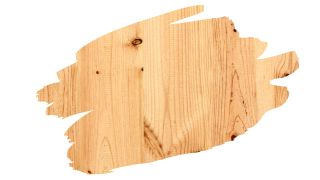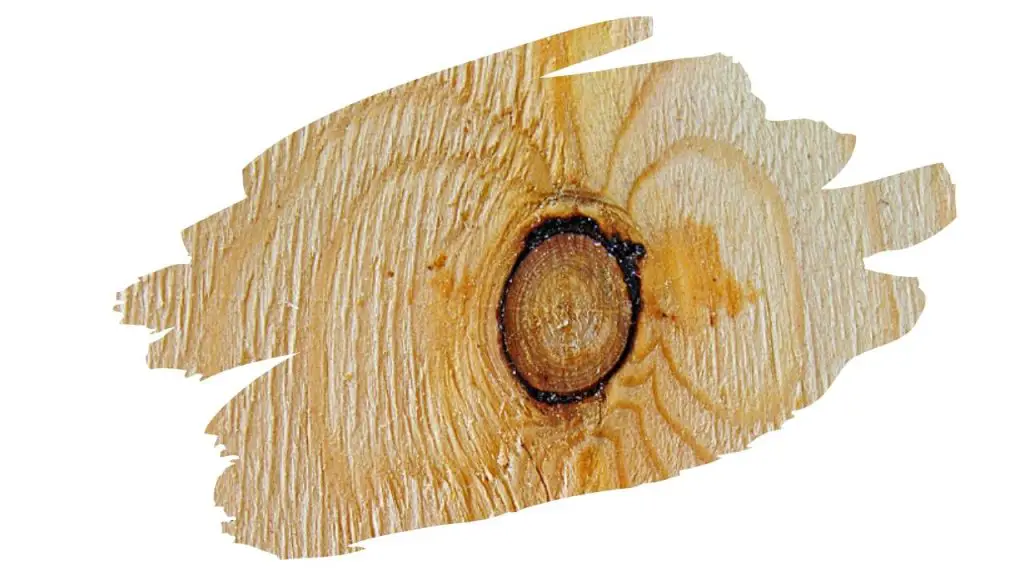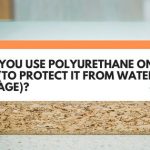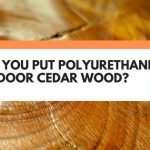Pine is a surprisingly stable timber. This softwood doesn’t twist, warp and get bent out of shape easily. Radiata Pine wood in particular will stay fairly dimensionally stable… even in-spite of changes in humidity.
But, this softwood is not rot-resistant. And if it absorbs enough moisture, then wood rot can begin to take hold in this lumber.
So, this is where polyurethane comes in. As one of only a few reliably water-resistant wood finishes on the market, polyurethane has been used to seal everything from boat decking to exterior cladding.
Nevertheless, is polyurethane really the best finish for sealing your Pine wood craft?
Well, in this post, we dive into why, (and how), polyurethane can protect Pine wood, making this softwood more durable. You’ll also discover if polyurethane is the best way to seal Pine wood knots.
And keep reading to learn which clear polyurethane finish goes great on Pine wood…

This post may contain affiliate links to products that we receive a commission for (at no additional cost to you). Learn more here.
Does Polyurethane Make Pine Wood Harder?
No, it doesn’t. But, it can make the surface of this wood more scratch resistant.
This is because the urethane ingredient found inside polyurethane has a bit of flexibility to it. And that little bit of give can absorb dents and dings better than some other wood finishes.
Related Post: Are There Dust Nibs In Your Polyurethane Finish? (How To Fix It)
But Can Polyurethane At Least Protect Pine Wood?
Polyurethane is a great wood sealer for pine wood. And this is in no small part due to the fact that it is one of a handful of wood finishes that can provide real waterproofing.
Other wood finishes, (such as Linseed oil or Shellac), can become damaged if you spill enough water on them.
But, polyurethane finishes (particularly ones designed for sealing exterior wood), aren’t so easily water damaged. And this is a very important advantage in using poly finishes on Pine, because natural Pine is not rot-resistant.
So, using polyurethane to finish off that Pine wood piece will go a long way to preventing wood rot and decay.
Related Post: What Can You Do When Your Polyurethane Finish Is Too Shiny?
But, Why Polyurethane? What Makes Polyurethane So Water Resistant?
It mostly comes down to the way the molecules in this finish bond together. The resin molecules in polyurethane form a tightly connected chain.
So, once that application (or three) of polyurethane has cured, it becomes incredibly water resistant.
And Will Polyurethane Seal Pine Wood Knots?
Yes it will. Coating Pine wood knots with polyurethane will prevent tree sap from bleeding through.
However, polyurethane is a top coating sealant. Which means that it is the finish that you put on last.
It also means that polyurethane isn’t the ideal choice for simply sealing wood knots (before a coat of paint).

So, instead of using polyurethane, you should use a wood knot blocker for this particular job. Wood knot blockers do exactly what their name suggest — they block tree resins from bleeding from wood knots.
Acting like a typical undercoat, you can simply apply a knot blocking primer solution onto wooden surfaces. And then afterwards you can apply that paint, safe in the knowledge that tree sap won’t ruin that paint job.
Related Post: Why Does Wood Feel Rough After Applying Polyurethane?
So What Polyurethane Do You Recommend?
Something like Minwax’s Fast-Drying Clear Finish polyurethane is a great choice for Pine.
This clear oil-based polyurethane will enhance Pine woods texture, not mask it. It’s the ideal finish for interior wood pieces, decorations, and furniture.
The best thing about this particular polyurethane is that it dries quickly. It needs as little as four hours to form a film solid enough for you to apply extra coats onto.
You can find the latest prices for this fantastic fast-drying finish over on Amazon.com
Should You Apply Polyurethane With A Foam Brush Or A Bristle Brush? When it comes to clear polyurethane finishes, stick to a quality bristled paint brush. A foam brush can allow you to sidestep problematic paint brush streaks. But, using a foam brush can cause tiny air bubbles to appear all throughout the surface of that polyurethane finish.
To Wrap Up, Here Are The 3 Key Takeaways From This Post…
- 1). Pine wood is a stable softwood, but it’s dimensional stability does not afford it any protection from wood rot.
- 2). Pine will need a water-resistant wood finish to prevent it from absorbing water, and succumbing to decay.
- 3). A clear polyurethane finish is a great way to seal Pine wood and safe-guard it from moisture.
References:
Yang, Han-Seung, et al. “Water absorption behavior and mechanical properties of lignocellulosic filler–polyolefin bio-composites.” Composite structures 72.4 (2006): 429-437.



